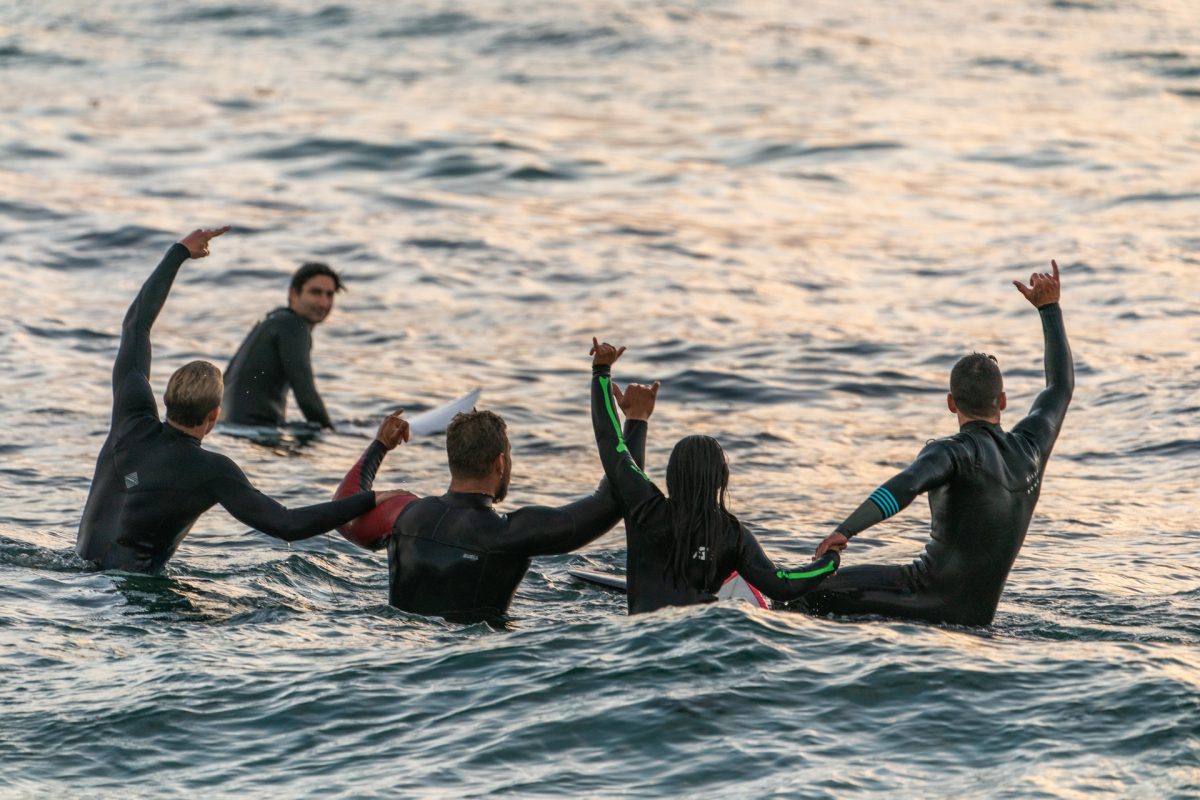Coined by our Chief Strategist, William Bakker, passionography is the study of people who share an interest in a particular pursuit, experience, lifestyle or activity. Passionate communities can form around almost any activity or interest and can vary in size and type. These communities develop their own culture, rituals, language and way of influencing each other.
Imagine this scenario. Your destination has amazing beaches and you want to invite surfers to ride the waves. Many questions instantly come to mind.
Where do you find surfers? What do you say to them and how do you deliver that message? What do they really care about? What motivates their travel plans? Are they willing to spend more? Do these traveller types align with our community?
Passionography can help you answer all these questions and more. Researching people’s passions helps you understand how they act and think. It sheds light on the places they gather, what’s important to them, and how and why they make decisions. It even helps you understand the language they use. Here are five reasons why passionography is a destination marketer’s best friend.
Reason 1: Passionography helps destinations attract the right type of visitors while developing the right travel experiences.
At Destination Think, passionography informs our clients about the best tactics and strategies to attract the right type of visitors to the right experiences in their destination. Take this kiteboarding research project in Bermuda, which garnered 90 percent engagement with target audiences. In 2018, a group of destination marketers and professional kiteboarders joined forces to give this specific niche the precise reason they need to travel to Bermuda, earning incredible levels of social media engagement along the way.
Reason 2: Passionography helps you communicate effectively with your ideal visitors.
There is no value in talking to everyone (read this if you’re not convinced). Passionography helps you narrow the focus and talk confidently with the market segments you want to attract. You’ll have a much better idea of the content they want to see and the information they need to choose your destination over another. Specialized content, whether in the form of helpful itineraries or a well-informed reply builds awareness and trust in niche audiences. For example, our work with Toerisme Gelderland helped market its 5000km of trails, increasing consumer engagement around cyclists.
Reason 3: Passionography uncovers opportunity beyond traditional geographic markets.
Passionate communities can now gather online thanks to the internet, across borders. As a result, interest-based segmentation is one of the most important tools in a marketer’s suite. Platforms like Zoom, Facebook Groups and even Facebook Messenger make it easier than ever for people with a shared passion to meet and talk to each other. Someone who loves to kitesurf might have more in common with other kitesurfers halfway around the world than his neighbour. Being aware of these online communities will help you understand how your potential visitors behave online, and how to better engage and influence travellers.
Learn why interest-based marketing improves word of mouth in our DMO Trend Guide.
Reason 4: Passionography helps you develop experiences in your destination.
Passion research sheds light on what your destination must do to better serve market segments. In reviewing the places, experiences and attractions enjoyed by people in a certain niche, you can see the gaps in your own destination. Of course, the passionography process will help highlight your strongest offerings too. Often, they’re not the obvious ones. These findings allow you to focus your efforts on promoting the right locations, experiences and attractions. One DMO leading the way in this area is the Colorado Tourism Office. In 2020, our team finalised development plans for each region of the state, centred around one or two chosen niches.
Reason 5: Highly efficient media targeting.
Having the confidence to focus elements of your marketing on specific passions enables marketers to do more with less. You can use digital marketing to target audiences based on what they love, rather than relying solely on geography and demographics and other forms of segmentation. Continuing our example, reaching people in a specific surfing magazine may be much more effective than being one of a number of destinations highlighted in the most popular travel magazines.
Reason 6: More positive visitor advocacy.
People tend to share stories about the things they love. By analyzing all of the posts and conversations about a destination using Tourism Sentiment Index data, we can see which experiences are attracting the highest volume of conversation and post positive conversation. Why would you use your precious marketing budget to fight against a wave when you can ride one? This insight is key for crafting strategy, effective content marketing, knowing which experiences to promote and which to develop, and even selecting hero experiences for creative.
Examples of passion groups
People of all kinds join passion groups, here some examples:
- Outdoor adventure (mild to extreme action pursuits)
- Climbing
- Cycling, mountain biking, BMX
- Hiking, trekking
- Kayaking/SUP
- Skiing/snowboarding
- Surfing
- Windsurfing
- Cultural explorers (love of history, the arts, living culture)
- Art lovers
- History buffs
- Literary fans
- Creatives
- Artists
- Musicians
- Quilters
- Nature lovers
- Bird watching/birding
- Botanical
- Marine
- Wildlife
- Culinary seekers
- Craft beer
- Fine dining
- Street food
- Wine
- Science
- Anthropology
- Astronomy/star-gazing
- Palaeontology/fossil finders
We’ve helped many destinations find success through Passionography and segment-based marketing. Contact our consultancy to turn your destination’s most passionate visitors and residents into its best marketers.
Not convinced of the power of focus? In the United States alone, the bird watching industry is valued at $41 billion annually. Today, that number is likely to be higher due to an increased interest in birding during the pandemic.
Feature image credit: Guy Kawasaki, Unsplash










0 Comments